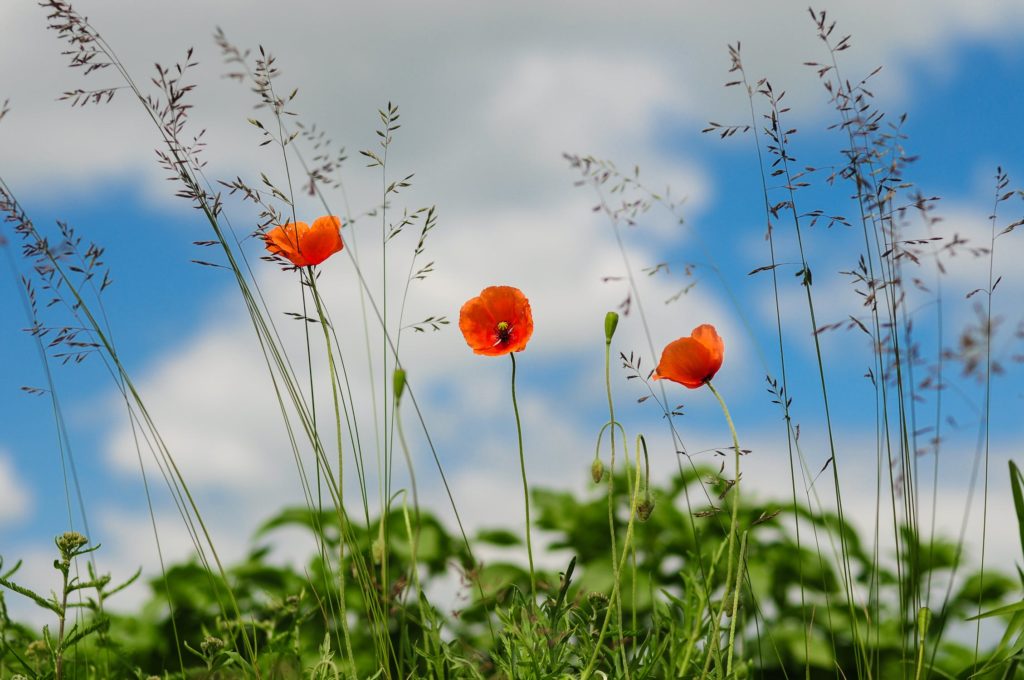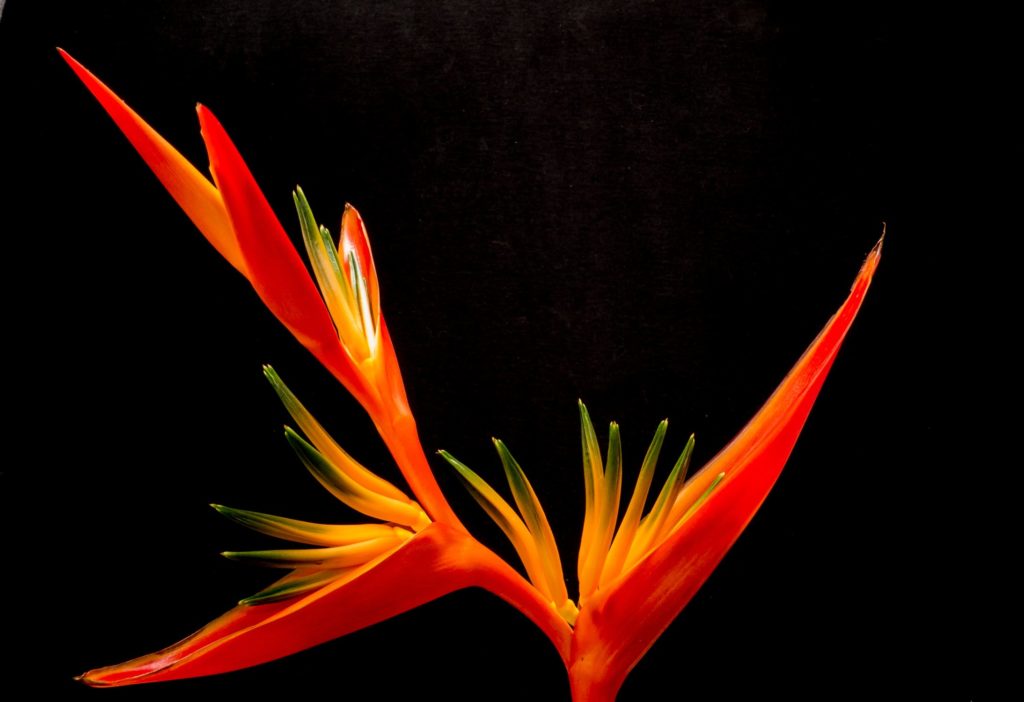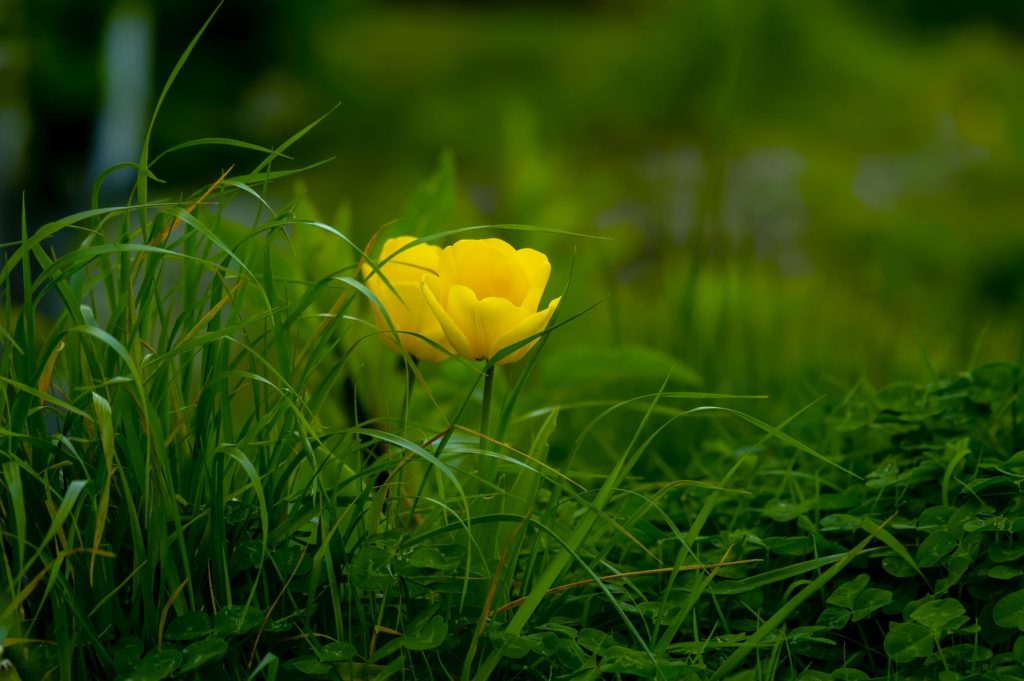People and flowers are two of the most frequently photographed subjects. That’s not a groundbreaking revelation, and it makes sense given that flowers and (some) people appeal to our perceptions of what beauty is.
It seems easier, however, to put more emphasis on improving our photographic techniques for human subjects. People are active, they have personalities, and most of us encounter more people than we do flowers on a daily basis.
But flowers deserve some special attention, too. Flowers can be a welcome distraction in the midst of a concrete jungle or an unexpected surprise from a loved one. Regardless of what kind, size, color, or shape, flowers make beautiful photography subjects and, like people, they will look only as good as you make them look.
Here are 7 ways to make better flower photographs.
Peer Inside – Most people are probably in the habit of just looking at the outer shell of a flower, but don’t forget to take a look at what the petals are concealing. You’ll find the anther and the filament and the stigma and the style…you know, all those really cool reproductive parts. Get in close and use these structures as the main attraction of your shot.
Get Down – Usually when we look at flowers, we’re standing over them, gazing down at them. Instead of shooting them from this same unremarkable perspective, shoot them from eye level. This viewpoint is often interpreted as being more impressive; the viewer will be drawn to your shot.

Watch the Background – Avoid distracting backgrounds. No matter how gorgeous your flowers are, a cluttered background will ruin your shot. Place a solid colored card or material of some kind behind the flowers, or move them if possible. The background compression created by using a longer focal length lens is also an option.
Isolate Your Subject – Not only should you provide a nice backdrop for your flower, you should create some separation between the two, give the flower an air of distinction. The easiest way to do this is to make the background a different color than the flower. If you have a flash and a modifier such as a snoot, you can focus the light on the flower, creating more contrast with the background.

Think About Composition – Just like any other subject, flowers benefit tremendously from thoughtful composition. You can place an exquisite flower dead center of the frame and end up with a boring shot. It’s not that you even have to adhere to the rule of thirds, just be sure to adorn your image with an interesting composition. Flowers are a good subject to experiment with.
Embrace Overcast Skies – Sometimes grayish-white skies are better than blue skies for shooting flowers. Overcast skies give off soft, even lighting; this is perfect for showing off the fine, delicate textures of flowers.

Take a Holistic Approach – Don’t stop with a single photo of a flower; work the angles, making your way all around the flower. Get up close and capture details. Back away and provide context. The more time you spend with any subject, the more you will learn about it.
You can use a macro lens, a wide angle lens, a telephoto lens; flowers are very accommodating that way. Whether you’re photographing them in their natural habitat or as part of an elaborately constructed arrangement, your flower images will shine so long as you’re giving your subjects the treatment they deserve.





9 Comments
Good tips. I’ll try some.
https://www.facebook.com/BuckChristensenFloralPortraits
Flowers have as much “personality” as you want to give them. And they don’t generally talk back, or have an attitude!
Thanks for the good tips. I’d like to add that flower pics are great raw material for improving editing skills with LR, etc.
Very interesting comments, will keep in mind. Thanks.
I took this one with some of your tips in mind…
Will be sure to pass this article onto some photography friends of mine.
Wow! great tips for photography. I love flower and flower remedies.
Enjoyed the article. Very good Tips. Will try soon. Thank you
Useful points, thank you.